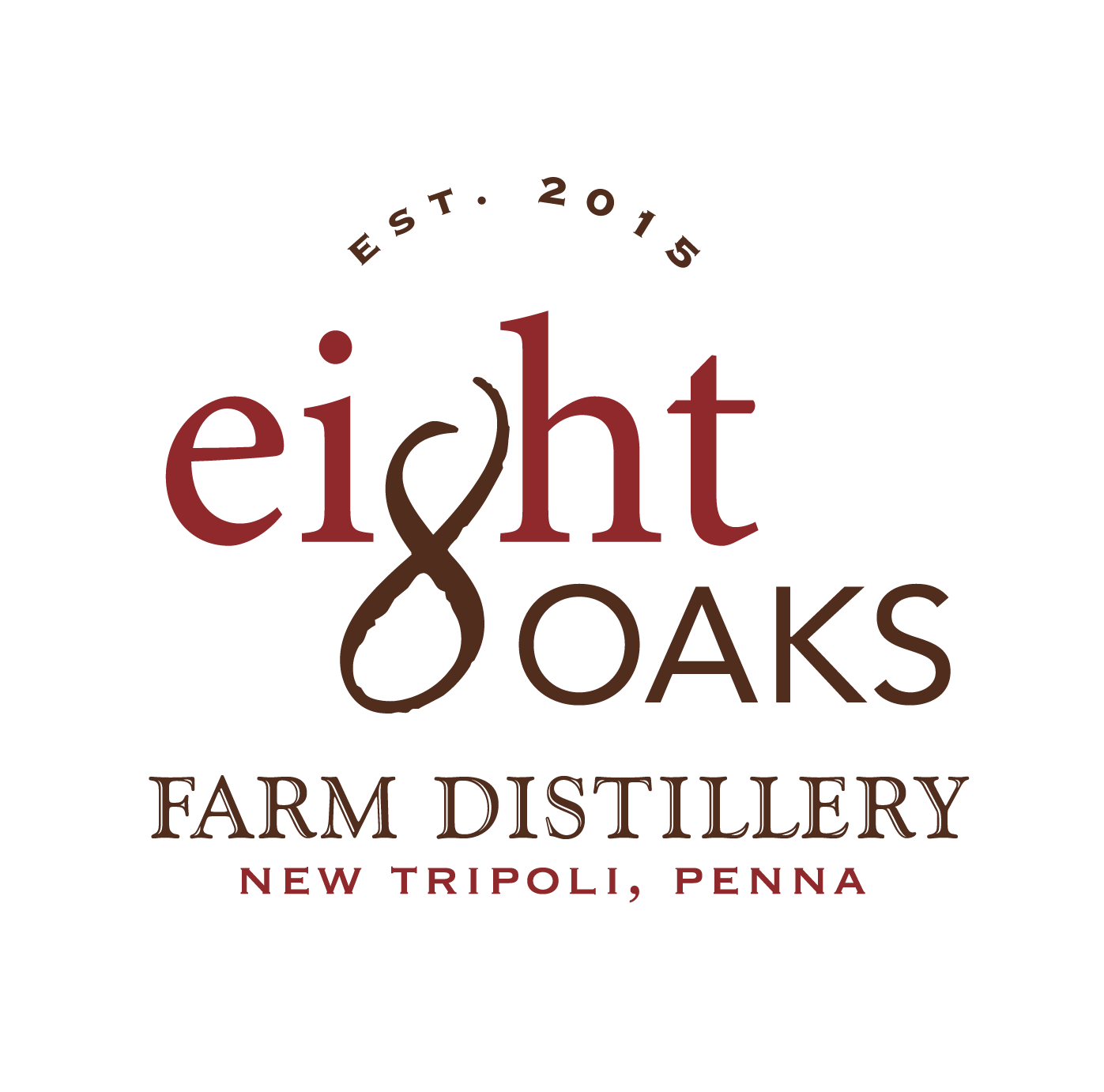The Terroir of Spirits: How Soil Impacts Flavor
In the world of winemaking, the term "terroir" holds a special place, denoting the unique influence of soil, climate, and geography on the character of a wine. But terroir isn't limited to vineyards. In this post, we explore the concept of terroir in spirits production, specifically delving into how the soil plays a pivotal role in shaping the flavors of our favorite spirits.
Terroir in Spirits Production
Much like in winemaking, spirit production encompasses the sum of environmental factors that contribute to the distinct taste and identity of a spirit. While the parallels to wine terroir are evident, spirits come with their own set of considerations. The role of soil, climate, and local geography remains significant, but spirits introduce the complexity of diverse ingredients, such as grains, fruits, and herbs, each carrying its own terroir signature.
Soil Types and Flavor
Soil is where terroir begins. Various soil types, from rich loam to mineral-rich compositions, influence the development of ingredients used in spirits production.
Nutrient-rich soils enhance the quality of ingredients, bringing out the richness in flavor. Distilleries that source their grains or fruits from such soils often produce spirits with a depth and complexity that can be attributed to the soil's generosity.
Mineral-rich soils shape the aroma and taste of spirits. The trace elements absorbed by plants contribute to unique characteristics, giving each spirit a sense of place. Whether it's the earthiness of peat or the subtle minerality of well-mineralized soil, the influence is undeniable.
Acidic or alkaline soils can dramatically shift flavor profiles. For example, a slightly acidic soil can lend a subtle citrus note to a spirit, while an alkaline soil might bring out a smoother, sweeter character. This variation allows for a broad spectrum of tastes, each owing its existence to the soil's pH.
Local Geography and Terroir
Beyond soil, the distillery's location adds another layer to the terroir story. The proximity to coasts, highlands, lowlands, and urban settings all leave their indelible mark on the spirit's character.
Coastal distilleries breathe in salt-laden air, which inevitably flavors their creations with a hint of the sea. The briny, maritime influence is unmistakable and often cherished by those seeking a taste of the ocean in their glass.
Highland and lowland distilleries each boast a unique terroir, influencing everything from climate to water source. Highland spirits often possess a rugged, robust character, while lowland offerings tend to be milder and more approachable. The very land beneath these distilleries shapes the taste.
Urban distilleries adapt to their local environment, crafting spirits that mirror the bustling cityscape. The air in these areas might be tinged with a mixture of aromas, resulting in unique terroir characteristics that city dwellers can proudly call their own.
The Soil at Eight Oaks Farm Distillery
The area we live in is called “The Allemangel” which is PA Dutch for “Land of all wants”. We like to think that when settlers first moved into the area they were struck by the quality of the land.
So much goes into what makes a region a prime location for farming. The temperature variations throughout the seasons of the year, the amount of rainfall, the lay of the land, and the quality of the soil to name a few.
The difference between dirt and soil couldn't be more stark. Dirt is just a medium that lies on the ground. Soil, on the other hand, is a rich and diverse ecosystem that is really the stage for all living things to thrive.
We are fortunate to have quality soil in our area. These are ancient soils that were created over centuries as the earth moved through the extremes of ice ages, earthquakes, and simply the passage of time. On our farm, we have two main soil types: Berks-Weikert and Comly Silt Loam.
Berks-Weikert
Berks-Weikert is a combination of soil types that are typically the result of thousands of years of shale and sandstone breaking down. These soils drain well and are rich in mineral content.
Comly
Comly is similar to Berks but is typically a much deeper soil, allowing for a larger root network and even more diverse biological activity.
When you combine these nutrient-rich, well-drained, soils with an average of over 40 inches of rainfall annually and a good range of frost-free days it creates the perfect growing conditions for small grains like rye and barley without the need for supplemental irrigation.
The Future of Terroir in Spirits
As the spirits industry evolves, so does the concept of terroir. Emerging trends in the industry indicate a growing appreciation for the influence of terroir on the final product.
Transparency in labeling and marketing becomes paramount, allowing enthusiasts to discern the origins of their favorite bottles. Knowing the terroir is not just a matter of curiosity; it's an assurance of quality and a connection to the land.
Terroir isn't just about taste; it also embraces sustainability and the support of local economies, fostering a brighter future for spirits. By celebrating and preserving the terroir, distilleries contribute to the preservation of their unique environments.
Let's toast to the soil under our feet, the landscapes that surround us, and the spirits that tell a story unique to their terroir. Embrace the spirit of terroir and savor the distinct flavors of your favorite drinks.
Cheers!
We don’t just make whiskey, we make a difference.
Tell us what you want to see in future blog posts. You can do that by sending your feedback to Josh at jvandenberg@eightoaksdistillery.com.
We’ll work as many questions into future posts as we can, and for those topics selected, we’ll make sure to send you a fun prize pack.

